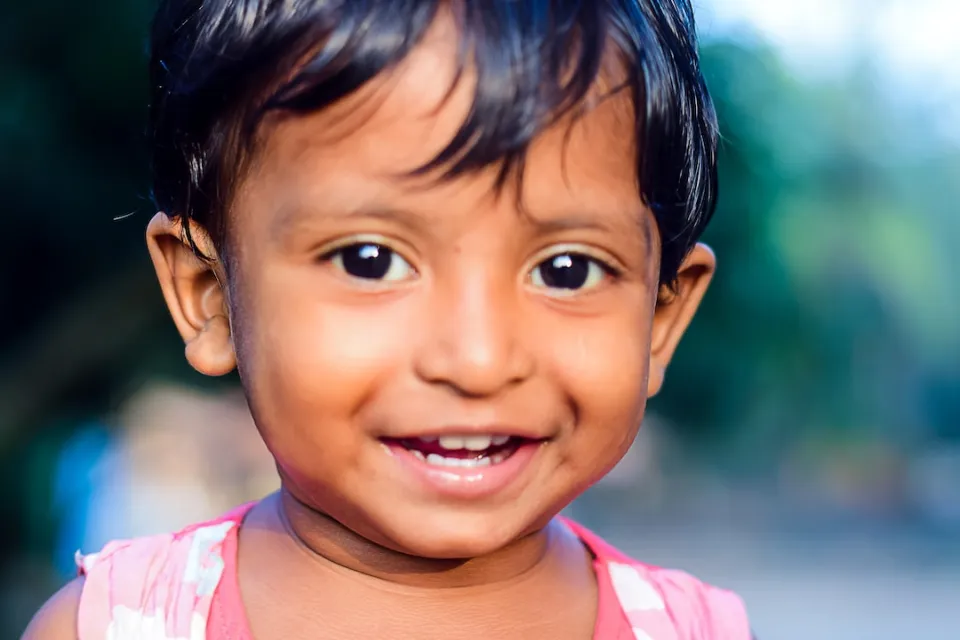
Baby Teeth vs. Adult Teeth – What’s the Difference?
Understanding the differences between baby teeth and adult teeth is crucial for maintaining good dental hygiene even though both play distinct roles in our oral health. The primary teeth, also referred to as baby teeth, prepare the way for the incoming permanent teeth.
The differences between baby teeth and adult teeth, as well as their distinctive traits, developmental stages, and the significance of oral hygiene during each phase, will be discussed in this article. You’ll be better able to guarantee your child has strong, healthy teeth and a radiant smile for the rest of their life by learning more about the progression of their dental health.
The Differences Between Primary Teeth and Adult Teeth
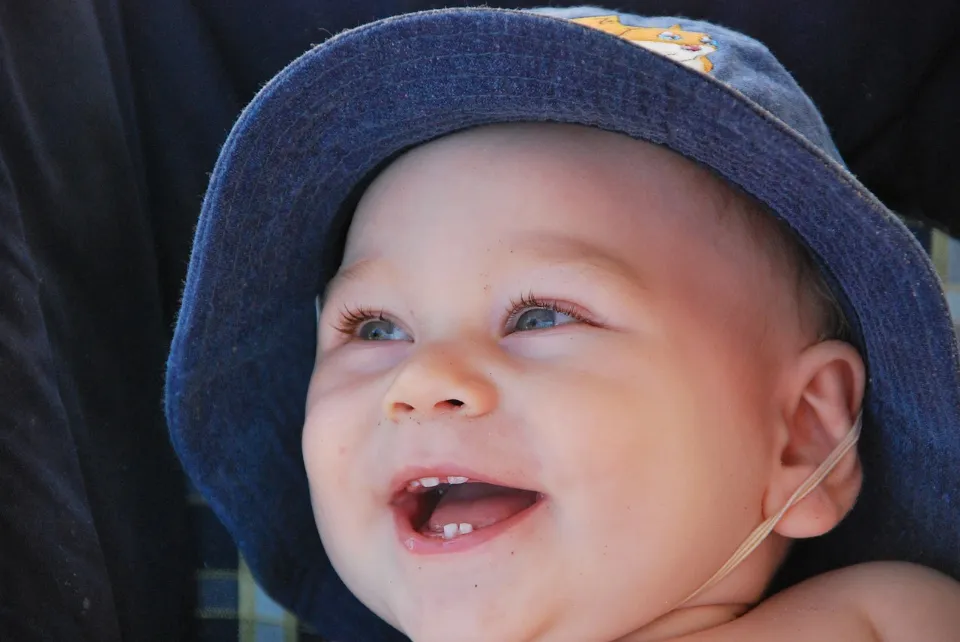
Children’s teeth typically have more uniform sizes and are whiter than adult teeth, as you may have noticed. Later-emerging adult teeth will have canines and ridges that are more clearly defined than baby teeth. The color of permanent teeth will also differ from that of baby teeth.
The Level of Strength
To begin with, adult teeth are more durable than baby teeth. The enamel on permanent teeth is typically thick, which reduces their susceptibility to dental problems like cavities and tooth decay. Children’s teeth have thinner enamel and are softer. As a result, bacteria that can cause cavities and tooth decay are very likely to cause damage to their teeth. (Read More: Can Cavities Cause Headaches)
Read More: Do Baby Teeth Have Roots
The Number of Teeth
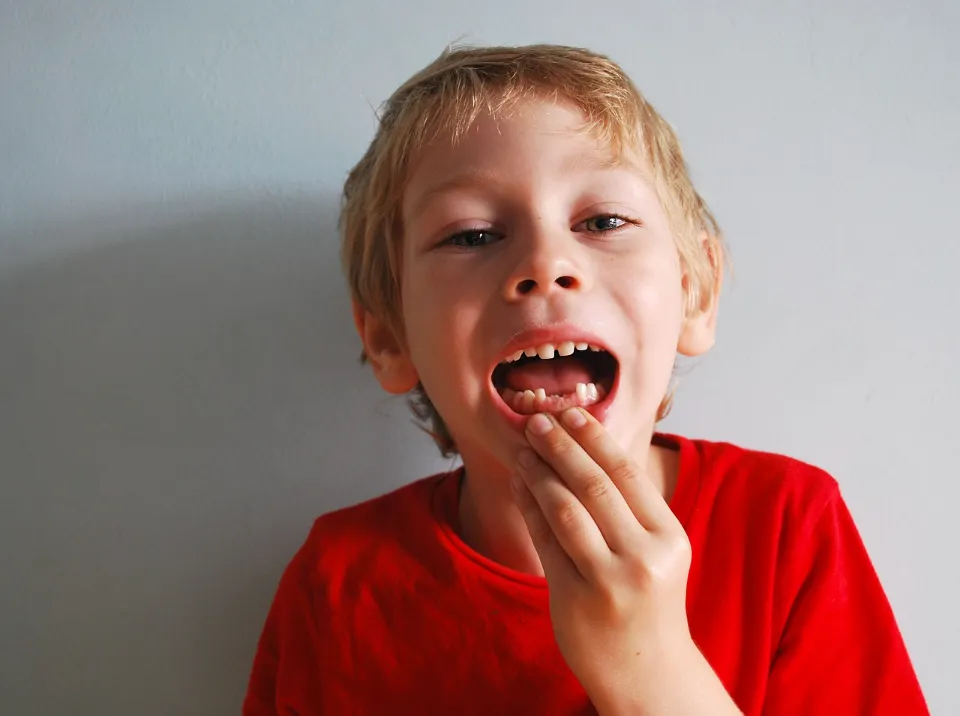
The number of teeth between juvenile and adult teeth is another significant distinction. Around six months of age, a child’s 20 permanent teeth begin to erupt. Adults have 32 permanent teeth overall, in contrast.
20 Teeth That Children Have:
- 4 Second Molars
- 4 First Molars
- 4 Lateral Incisors
- 4 Central Incisors
- For Cuspids
32 Permanent Teeth That Adults Have:
- 4 Central Incisors
- 4 Lateral Incisors
- 4 third Molars
- 4 Second Molars
- 4 first Molars
- 4 first bicuspids
- 4 second bicuspids
- 4 Cuspids
The Color
Compared to adults’ permanent teeth, baby teeth are always whiter and brighter. Once a child’s baby teeth have fallen out, you will be able to tell the difference in color between their teeth and those of other children. The color can occasionally change based on how you care for your teeth and brush them. However, a child’s teeth have a white, milky texture that can be seen if you look closely.
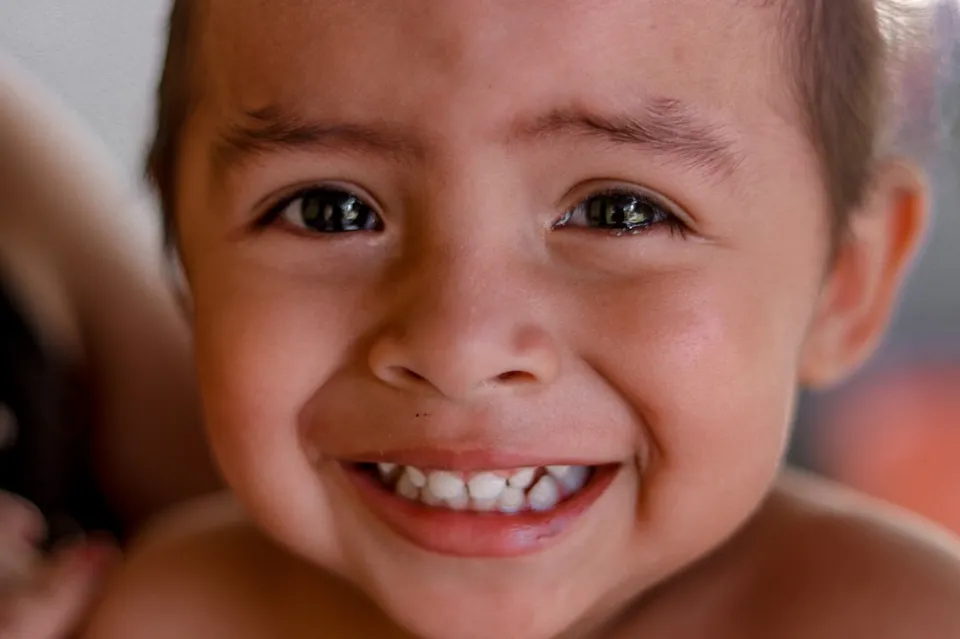
The Shape and Size
Children’s teeth begin with incisors that are smaller than adult teeth and have flat edges. A child’s tooth will be more square-shaped, as you can see. Adult incisors, however, have three ridges right on the biting edge and more rounded biting edges. The teeth’s ability to break through the gums as they emerge is facilitated by the ridges, which are also known as “mamelons.” The grooves and valleys along the chewing surface are deeper in adults with molars. Children’s teeth, on the other hand, have very shallow grooves rather than any discernible ones.
Is Caring for Baby Teeth and Adult Teeth Different?
Everyday brushing is necessary to prevent tooth decay on both adult teeth and baby teeth. For your child’s dental care, you should use a much smaller toothbrush and a much smaller amount of toothpaste. Fluoride toothpaste is typically not suggested until your child is three years old.
Once two teeth touch each other, children should have their teeth flossed every day. In order to check for tooth decay and safeguard their smiles, children should undergo dental exams and cleanings every six months, just like adults do.
Although primary teeth and permanent teeth share many similarities, there are also some differences between the two sets of teeth. In order to ensure that your child’s smile develops properly, you must take care of both sets of teeth.
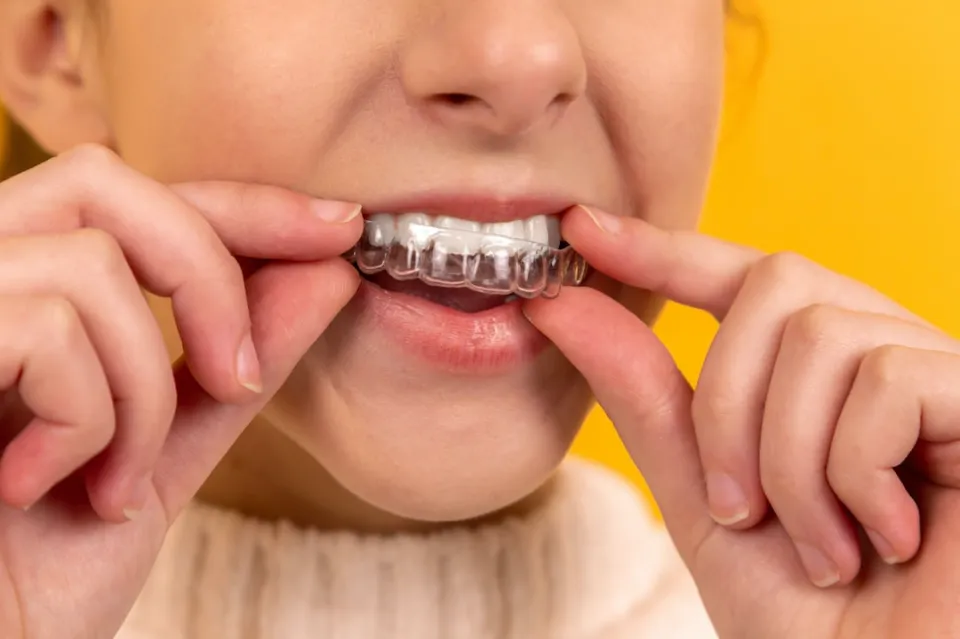
What Are the Other Purpose of Children’s Primary Teeth?
Despite the fact that baby teeth are not permanent, maintaining them is still important. Children who are taught to take good care of their teeth as they grow older will have better brushing and flossing habits.
By safeguarding your primary teeth, you are also preventing some gum diseases and tooth decay since eating damages the gums every time a child eats. The temporary nature of children’s teeth puts them at great risk. So, until they all fall out and permanent teeth begin to erupt, you must take all necessary precautions to keep them safe.
Before the permanent teeth can erupt, the teeth of children serve as spacers. Having many spatial issues could result from losing baby teeth before a permanent tooth erupts. Once adult teeth emerge, you’ll have difficulty with this. It’s crucial to keep in mind that just because a child’s teeth aren’t permanent doesn’t mean that they aren’t important. In comparison to permanent teeth, a child’s teeth are more like their base starters.
Are Baby Teeth as Important as Adult Teeth?
Parents tend to dismiss the role of baby teeth, since they’ll “fall out anyways.” Baby teeth do play a crucial part in maintaining space, though. It’s possible that the adult tooth in that space won’t have enough room to erupt if a child loses a baby tooth too soon. This may result in the adult tooth erupting at an odd angle, in an unusual location, or not at all!
When Do Baby Teeth Fall Out?
Baby teeth start to fall out, or “exfoliate,” at the age of 6. This is around the time when your child may start to notice their front teeth becoming “wiggly.” If your child’s tooth starts to erupt earlier than that, don’t be alarmed; it’s quite normal for kids to develop adult teeth a little earlier than usual.
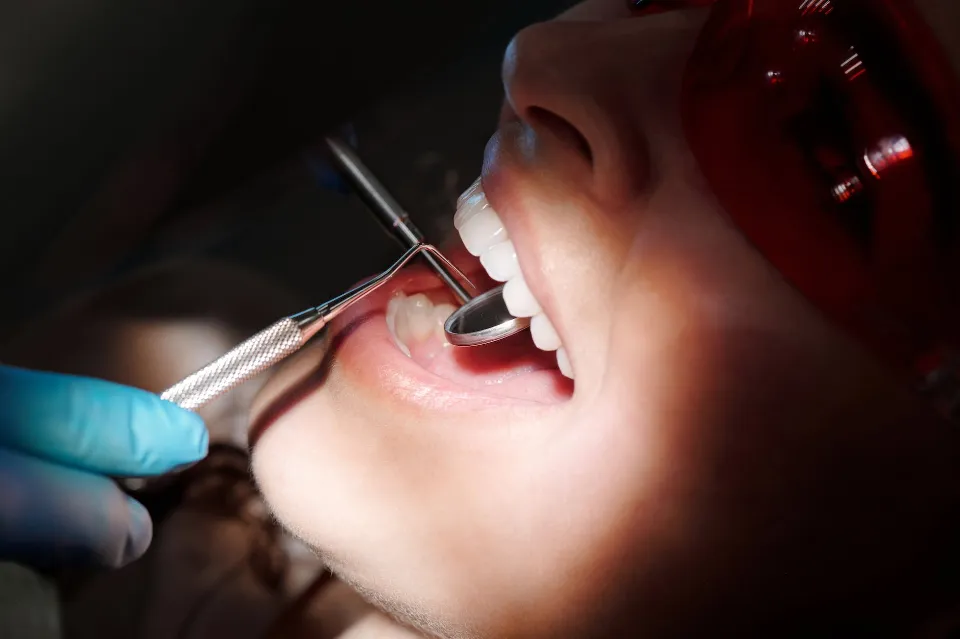
Takeaway
Your first teeth are your deciduous teeth, also referred to as baby teeth, primary teeth, or milk teeth. About six months after birth, they begin to erupt through the gums. They begin to develop during the embryonic stage. Usually by the age of 2½, all 20 of them are present.
Around age 6, the baby teeth begin to fall out, to be replaced by 32 adult teeth.



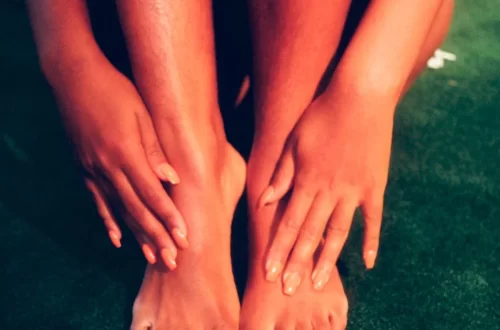
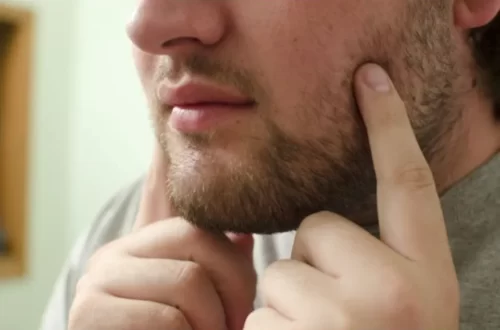
Average Rating